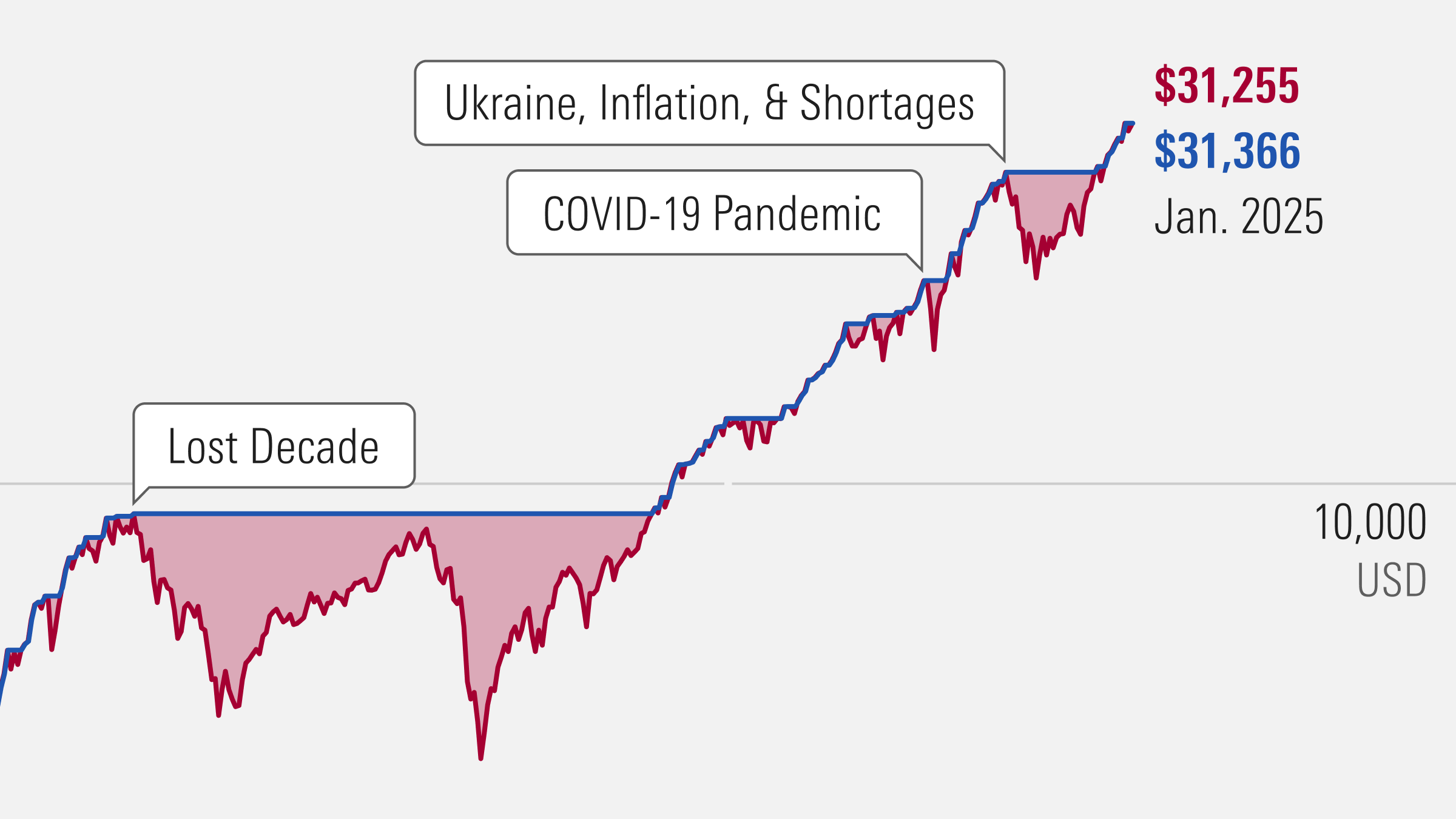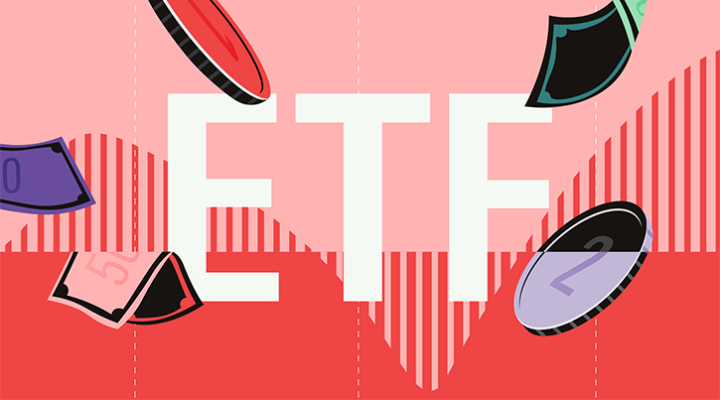
Financial markets are awaiting the “flash” estimates for purchasing managers’ indexes™ (PMI®) in the UK and eurozone on April 23. They are initial estimates for the current month that are subject to revision.
In the eurozone, the HCOB Flash Eurozone PMI, released by S&P Global on Tuesday, will provide an updated snapshot of the health of the economy, after the first quarter was characterised by better than expected activity data. According to FactSet, the consensus estimate for April's composite index is 50.6, above the line that marks expansion from contraction (50).
In March, the seasonally adjusted HCOB Eurozone Composite PMI Output Index – a weighted average of the HCOB Manufacturing PMI Output Index and the HCOB Services PMI Business Activity Index – rose from 49.2 of February to 50.3. It was led by the service sector, where the index rose to 51.5. The eurozone economy also returned to growth for the first time since May 2023.
In a note, Goldman Sachs writes that we are seeing “continued improvement in the euro area headline numbers, coupled with continued optimism for the upcoming year”.
What does PMI Data Mean for Investors?
As earnings season is kicking off, the PMI survey provides important insights on what to expect. According to Goldman Sachs, “the economic data is inflecting, and European earnings have not (yet) benefited from this pick-up”.
According to the investment bank, in Europe, consensus expects first-quarter earnings per share (EPS) to fall 15% on annual basis for companies that provide quarterly data. The consensus also expects that the median company in the Stoxx 600 to have flat earnings in the first quarter.
“With lower earnings expectations, we think the bar to beat expectations is not too high and that the improvement in the cyclical backdrop should provide room for positive commentary from companies and potentially feed through to upgrades to 2024 guidance,” added Goldman Sachs’ analysts. They expect the positive earnings surprise to be broader than in the first quarter, where it was mainly concentrated in large caps and GRANOLAS.
What to Expect from the ECB in June
PMI survey provides important insights for future ECB interest rate decisions. March survey data also signalled broader easing of inflationary pressures as the rate at which operating costs and selling charges are increasing, fell.
Commenting on the data, Cyrus de la Rubia, chief economist at Hamburg Commercial Bank, says that if the trend continues, it will probably be welcomed by the European Central Bank (ECB), However, “it's premature to discern a clear trend from this data”.
At the April meeting, the ECB further signalled a rate cut in June, citing both a slowdown in wage growth and independence from Federal Reserve monetary policy decisions. The pace of cuts beyond June, however, remains uncertain and will depend on the data. Goldman Sachs forecasts four sequential 25 basis points cuts this year (June, July, September and December) and three (quarterly) in 2025, to reach a terminal rate of 2.25%.
Nomura expects four cuts of 25bp this year, but only two in 2025, bringing the repo rate to 2.5%. It adds that “ECB can cut rates independently of the Fed, so long as the macroeconomic cycle in the euro area decouples from that of the US, and the inflation data in the euro area allows the ECB to diverge from the Fed.”



























